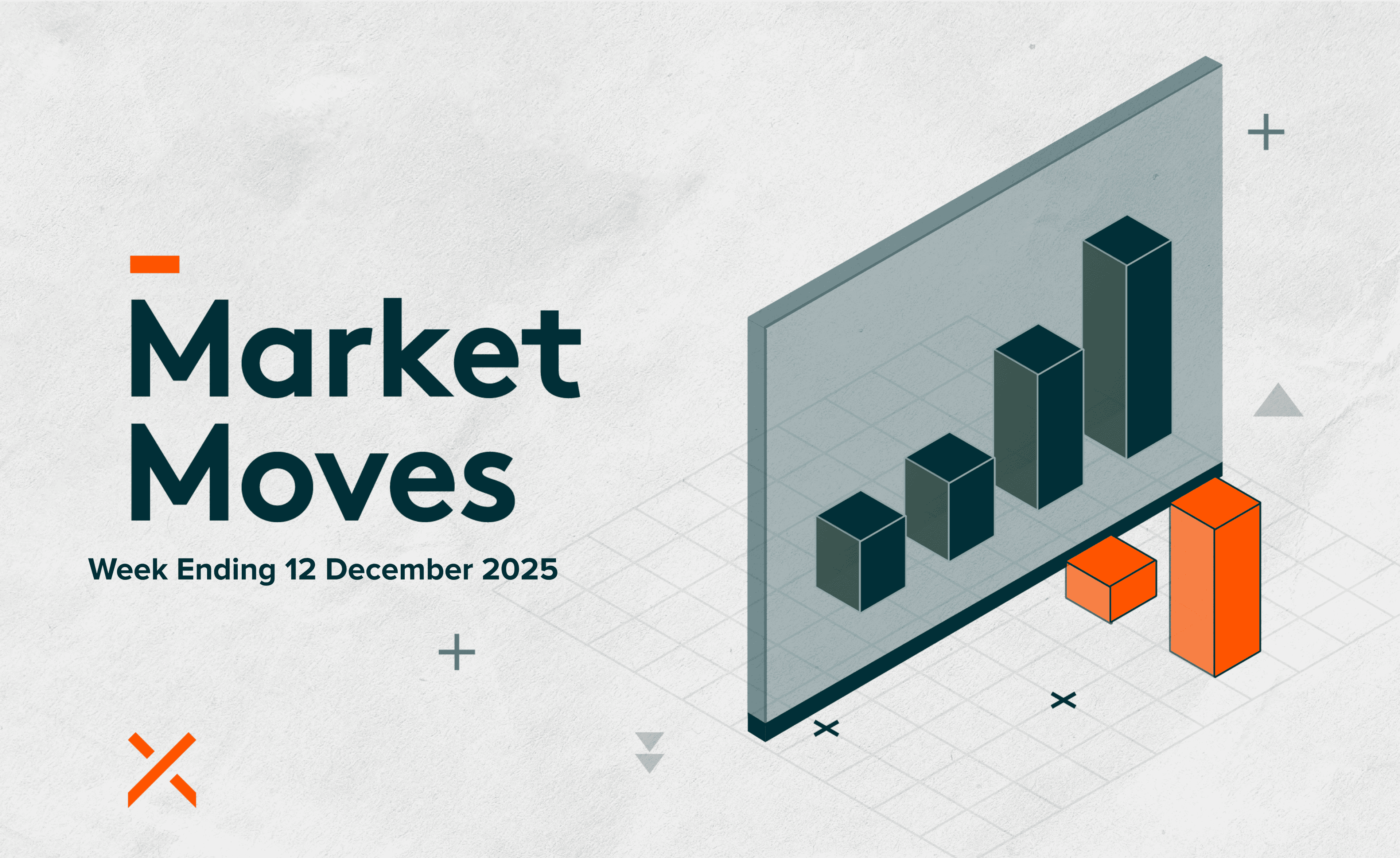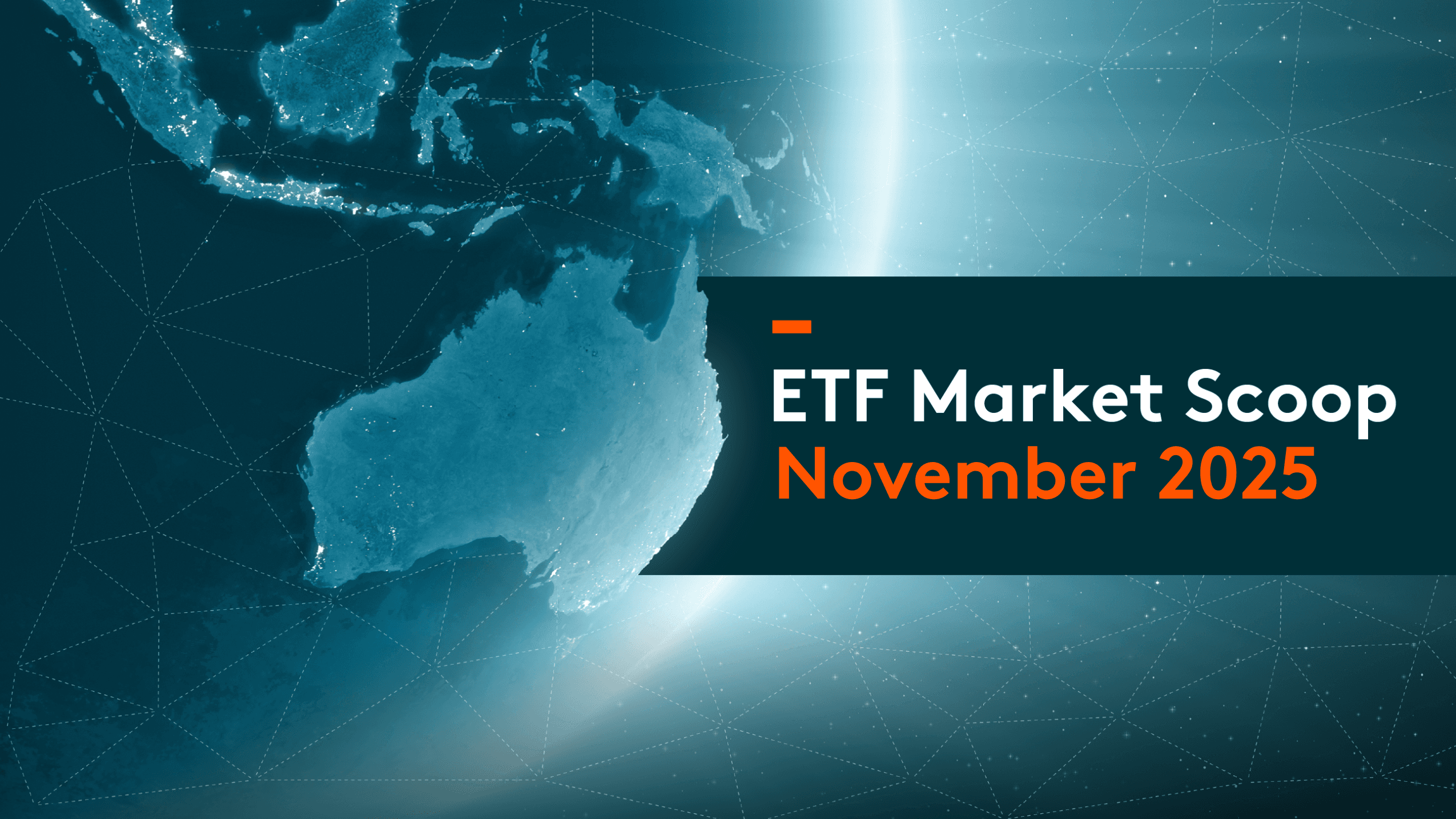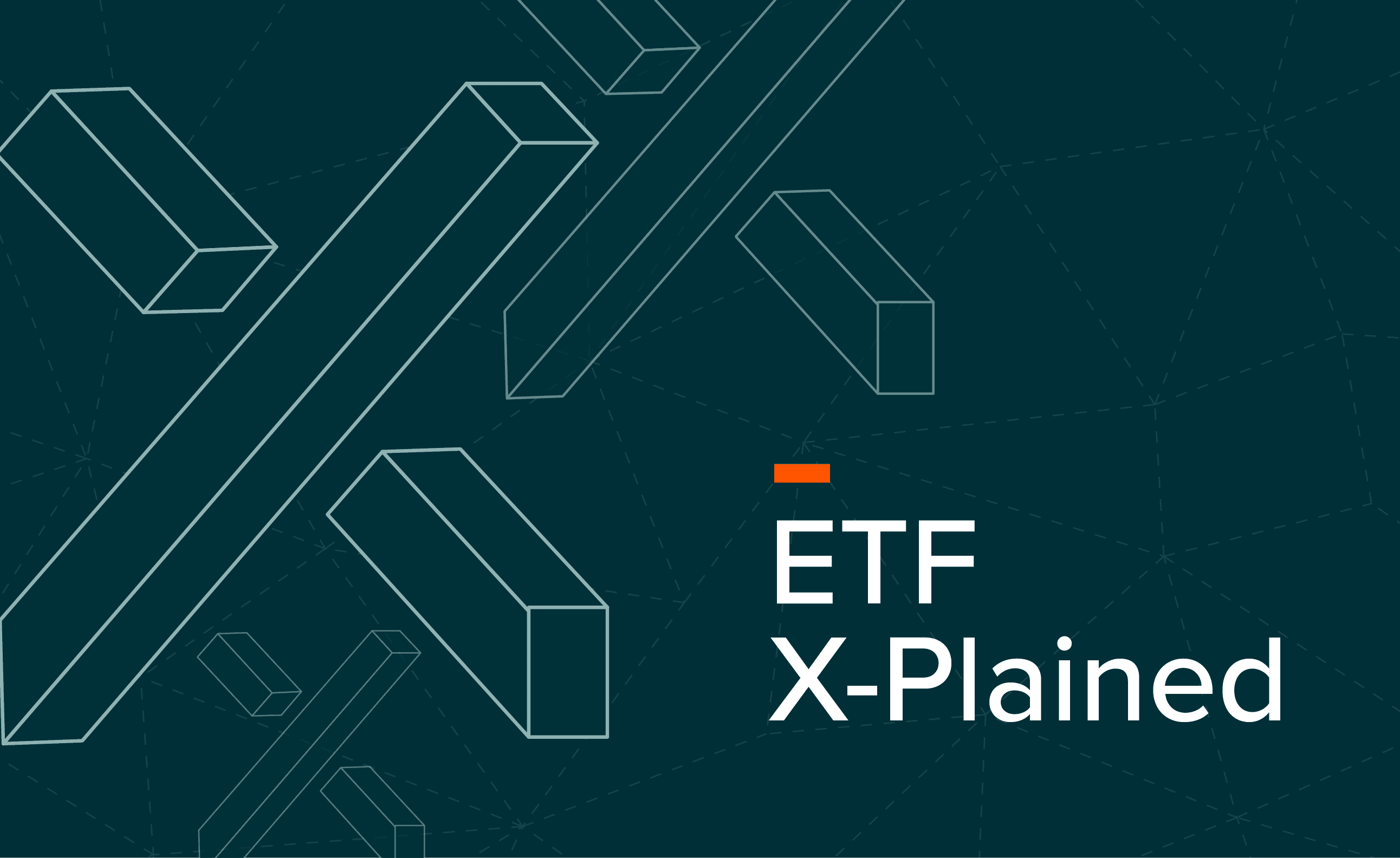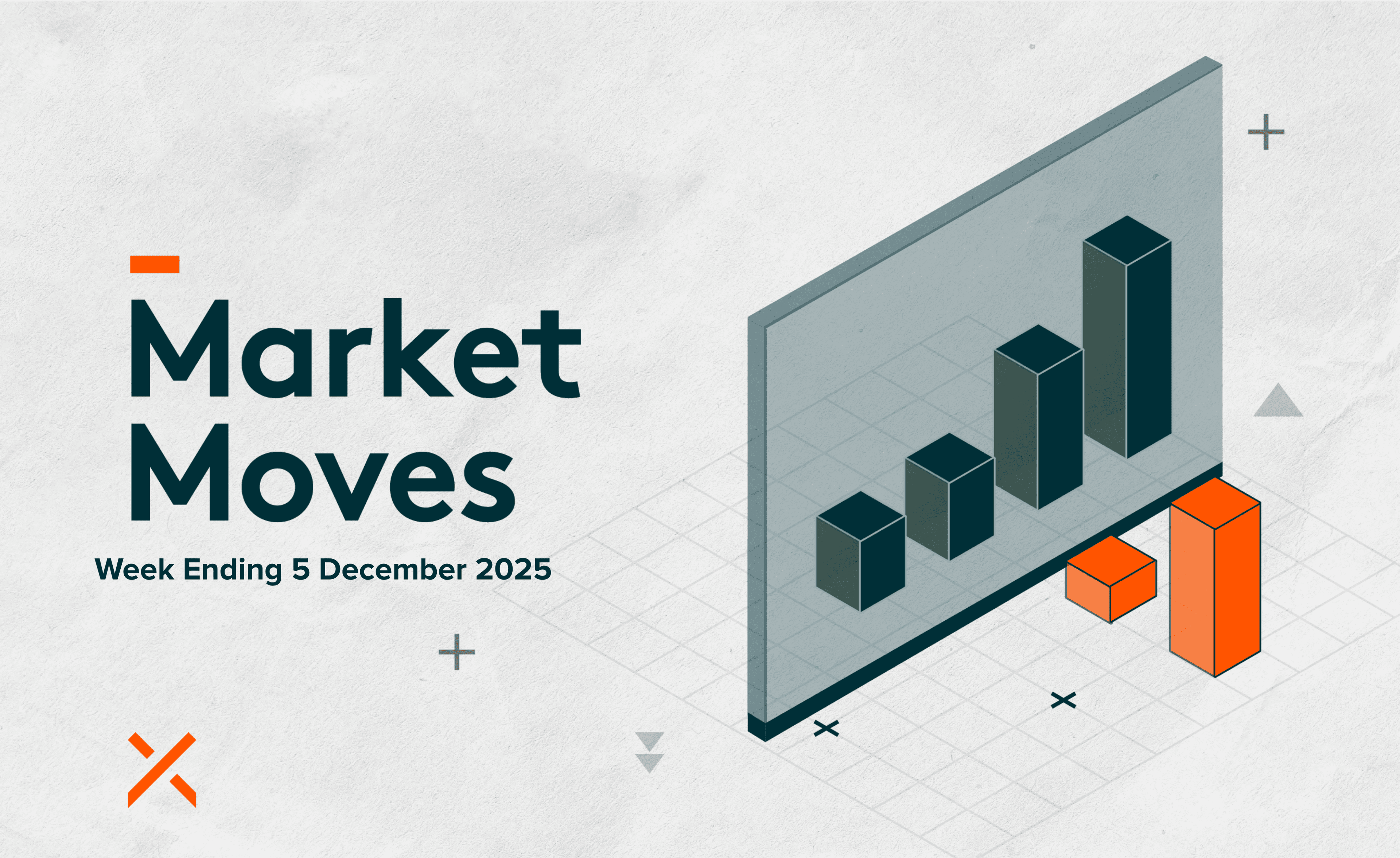While many Australians eagerly seek to escape the Australian winter chills for European summer thrills, investors also find themselves with a good excuse to scout opportunities in other corners of the globe. Europe is taking centre stage as a key geographic investment opportunity offering attractive valuations, stronger earnings revision and broader economic recovery.
Key Takeaways
- Europe continues to surprise with a stronger-than-expected economic recovery leading many to believe the ECB may adopt a more accommodative monetary policy by cutting interest rates in June, which could see a strong rebound in growth in the second half of 2024.
- Europe equities are offering double-digit earnings growth potential at attractive valuations and have already seen stronger company performance with sharper earnings revision increases.
- Concentration may be best for European equities exposure with the EURO STOXX 50 Index outperforming other European equity indices.
Europe Economic Resilience
The Eurozone has bounced back from its shallow technical recession last year with things looking brighter for the region. The International Monetary Fund (IMF) expects the Eurozone to recover from 2023's near-zero growth, projected to accelerate into 2024 and 2025. Meanwhile, other countries' economic output is expected to contract or remain subdued.

There continues to be more positive data received from Europe with rising consumer and corporate confidence, a recovering M&A cycle, improving economic growth and a potential first mover to adopt a more accommodative monetary policy stance. This is reflected in the Citi Economic Surprise Index, which is a useful gauge if economic reports have exceeded or failed to meet analyst estimates.

The Race To Cut Rates – ECB vs FED vs RBA
Europe has done a better job at fighting inflation than its developed peers. While wage inflation data was stronger than expected for the region during Q1’24, it was primarily due to Germany’s one-off pay increase for public sector workers.1 European Inflation has fallen from its peak of over 10% in October 2022 to 2.4% in April 2024.

The European Central Bank (ECB) is still confident in the disinflationary process with the central bank being one of the first major central banks to cut rates, which could be a strong tailwind for the equity market.

The last time the ECB cut rates, between October 2011 and September 2014, the European share market returned ~20% per year. A similar pathway may be on its way for the region, particularly after underperforming the US share market by over 30% since the start of the 2020’s decade.
Robust Earnings at Reasonable Valuations
From a fundamental perspective, European equities are trading at more attractive multiples compared to other regions, with Europe currently trading at 14.2 times earnings. The value proposition is compelling, with earnings growth expected to increase by 10.6% over the next twelve months. Investors may be able to achieve US-like earnings in Europe at a third of the valuation. This presents an opportunity for investors to capture double-digit earnings growth, benefit from a reasonable dividend yield of 3.2%, and potential upward re-rating in multiple expansion.

European companies are showing strong signs of a gradual economic recovery. Better-than-expected operating margins saw 62% of European companies beat earnings estimates, leading to considerable upward earnings revision. There has been an increasing share of corporate buybacks in Europe, and from a technical momentum perspective, 88% of companies in the EURO STOXX 50 are trading above their 200 moving day average.2
Diversification Benefits
The composition of the European market has changed significantly, becoming more technology-focused. In 2008, technology made up only 1% of the index, whereas today, it accounts for about 17%.3 Companies like ASML Holdings and SAP have consistently exceeded analyst earnings estimates, and together they have contributed to a quarter of the index's total return in 2024.4
From a portfolio application perspective, European equities offer decent diversification. Over the last decade, European Equities have had a low-to-moderate correlation to Australian equities of 0.69. Europe is also becoming a more globally diverse revenue stream with around 60% of European company's revenue being generated overseas.5

Key Stock: ASML
ASML develops, manufactures and markets advanced semiconductor equipment systems for chipmakers. ASML is Europe’s biggest technology company by market value (~AU$575 billion), and the Dutch company’s share price is up around 30% YTD as it continues to benefit from the strong tailwind and support for artificial intelligence fuelling demand for semiconductors. ASML’s net sales in Q4’23 tripled over the past year as the big surge was €5.6 billion worth of orders for extreme ultraviolet lithography (EUV) systems, a monopoly-like market segment in which ASML dominates as it provides EUVs to chipmaking giants like TSMC and Samsung.6
Key Stock: LVMH
LVMH is the world’s biggest luxury conglomerate that produces and sales branded luxury goods such as clothing, cosmetics, perfumes, wines and spirits. Their portfolio consists of over 75 brands including Moet Hennessy, Tiffany & Co, Luis Vuitton, Christian Dior and TAG Heuer. The French-based became the first European company to reach half a trillion-dollar valuation last year.7 LVMH has recently extended their strategic partnership with Alibaba Group to increase its omnichannel, data and technological presence in China (which saw the country's demand for fashion and leather goods rise by 10%) as LVMH is increasingly looking at deploying AI-powered solutions to enhance the shopping experience for its customers and leverage big data capabilities.8
Concentration May Be Best in Europe
While there are numerous avenues investors can gain access to European equities, the leading 50 companies, represented by the EURO STOXX 50 Index, have demonstrated robust performance, enhanced risk-adjusted returns, and attractive company fundamentals.

The Global X EURO STOXX 50 ETF (ASX: ESTX) invests in 50 of the largest companies across the eurozone, and has outperformed other ETFs and managed funds tracking the same region. It charges 0.35% per year in fees (currently equalled the lowest cost Australian-listed ETF for European equities) and has been listed since July 2016.


Conclusion
As Australians brace for the colder winter months, Europe's economic resilience and promising earnings growth may offer a warm investment haven. With its attractive valuations and broader economic recovery, Europe stands as a potential beacon of opportunity for investors seeking to broaden their equities exposure and diversify their portfolios.















